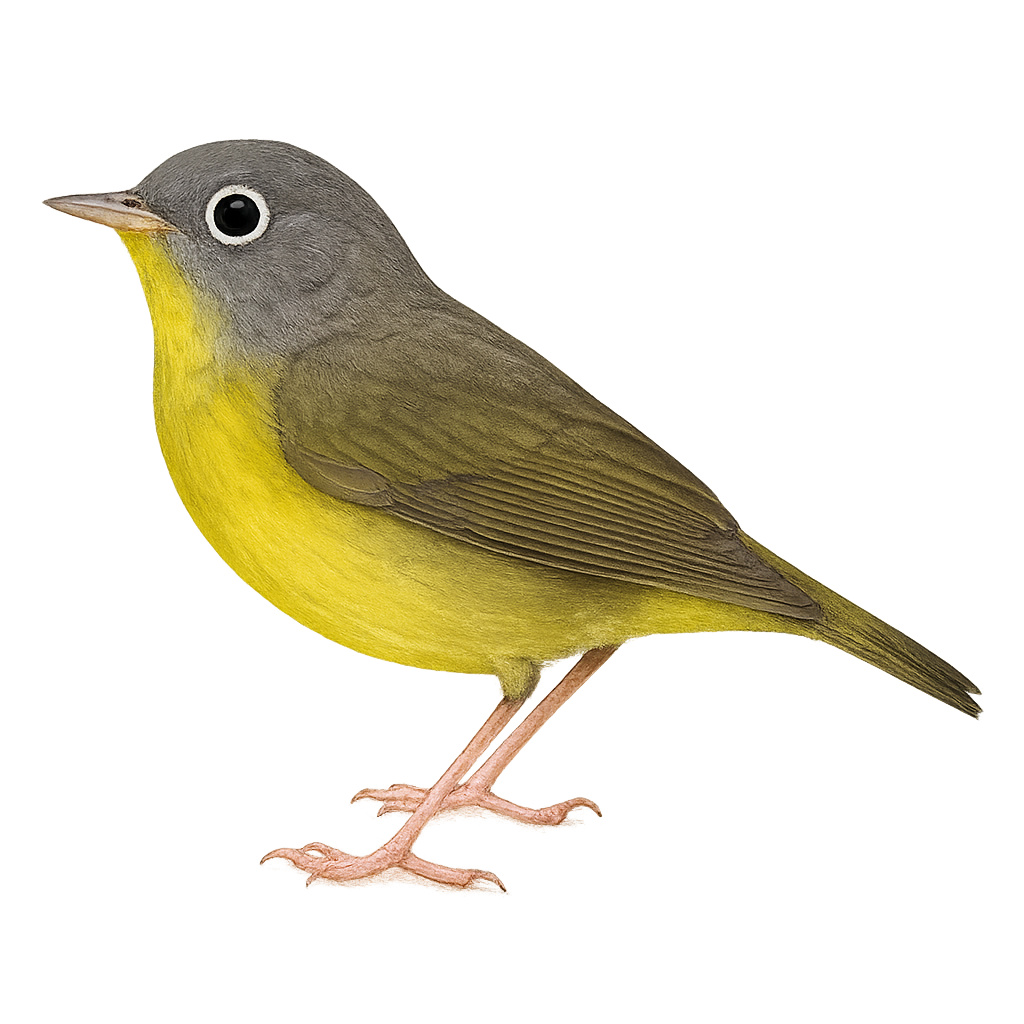Your wildlife photography guide.
Explore the connecticut warbler in detail, study its behavior, prepare your shots.
Where to observe and photograph the connecticut warbler in the wild
Learn where and when to spot the connecticut warbler in the wild, how to identify the species based on distinctive features, and what natural environments it inhabits. The WildlifePhotographer app offers tailored photography tips that reflect the connecticut warbler’s behavior, helping you capture better wildlife images. Explore the full species profile for key information including description, habitat, active periods, and approach techniques.
Connecticut Warbler
Scientific name: Oporornis agilis

IUCN Status: Least Concern
Family: PARULIDAE
Group: Birds
Sensitivity to human approach: Suspicious
Minimum approach distance: 10 m
Courtship display: May to June
Incubation: 12-13 jours
Hatchings: May to June
Habitat:
Boreal forests, wetlands, taiga
Activity period :
Primarily active during the day, with peak activity in the morning and late afternoon.
Identification and description:
The Connecticut Warbler, or Oporornis agilis, is a migratory bird belonging to the Parulidae family. It is characterized by its subtle plumage, with an olive back and bright yellow belly. Its head is gray with a distinctive white eye-ring. This bird primarily inhabits the boreal forests of Canada and the northern United States during the breeding season, migrating to South America for the winter. Often elusive, it prefers dense habitats, making it challenging to spot. The Connecticut Warbler feeds mainly on insects and larvae, foraging in leaf litter. Its population is stable, but it faces threats from habitat loss due to deforestation.
Recommended lens:
400mm – adjust based on distance, desired framing (portrait or habitat), and approach conditions.
Photography tips:
To photograph the Connecticut Warbler, it is advisable to use a telephoto lens of at least 400mm to capture detailed images without disturbing the bird. Look for areas where the bird is active, such as forest edges or wetlands. Be patient and discreet, as this bird is suspicious and prefers dense habitats. Use a tripod to stabilize your camera and wait for the bird to appear. The best times for photography are early morning or late afternoon, when the light is soft and bird activity is at its peak.
The WildlifePhotographer App is coming soon!
Be the first to explore the best nature spots, track rutting seasons, log your observations, and observe more wildlife.
Already 1 431 wildlife lovers subscribed worldwide

